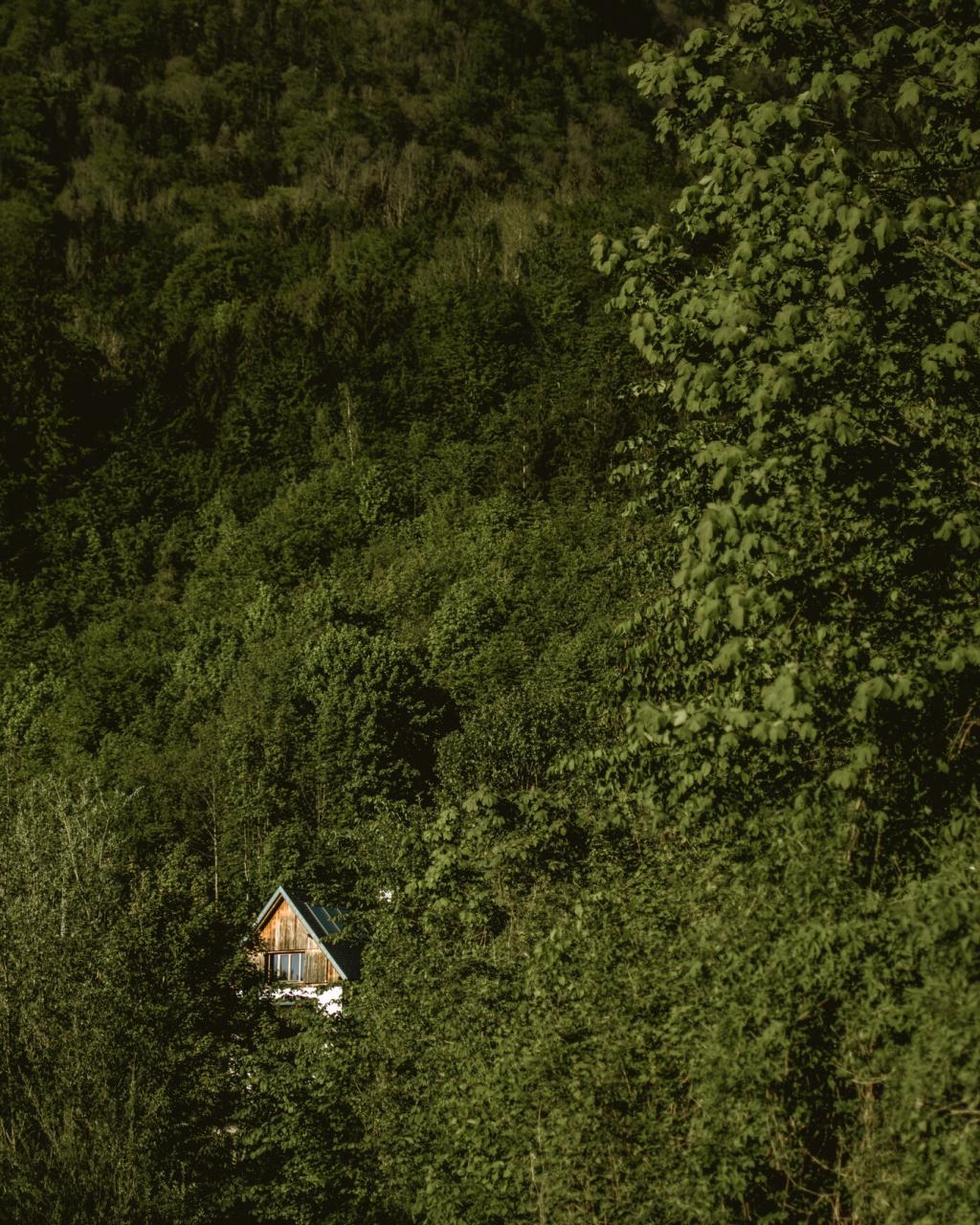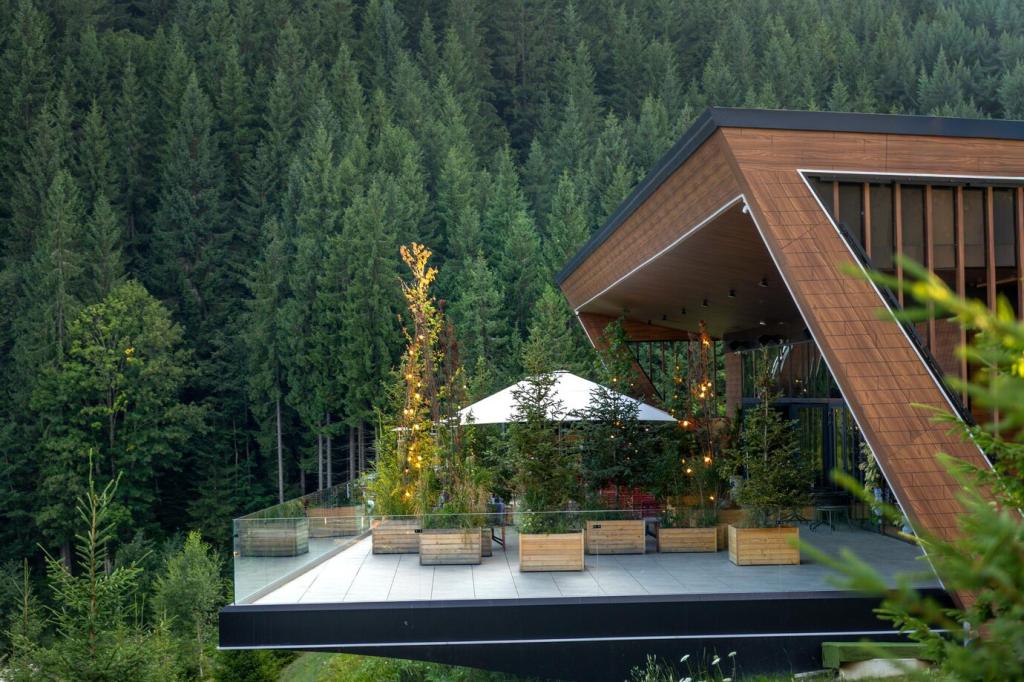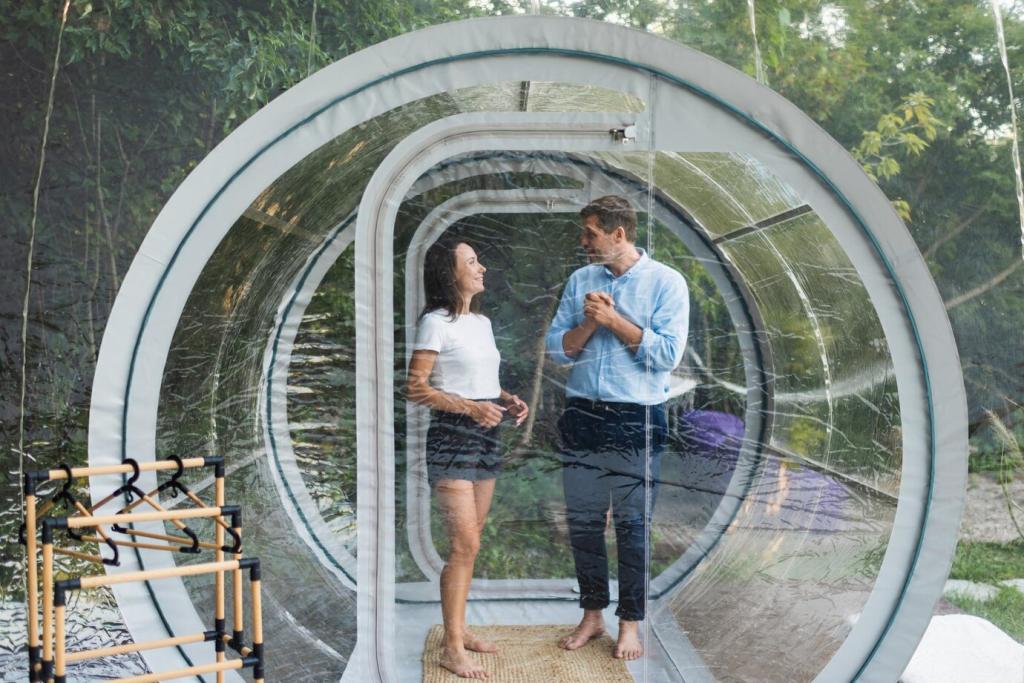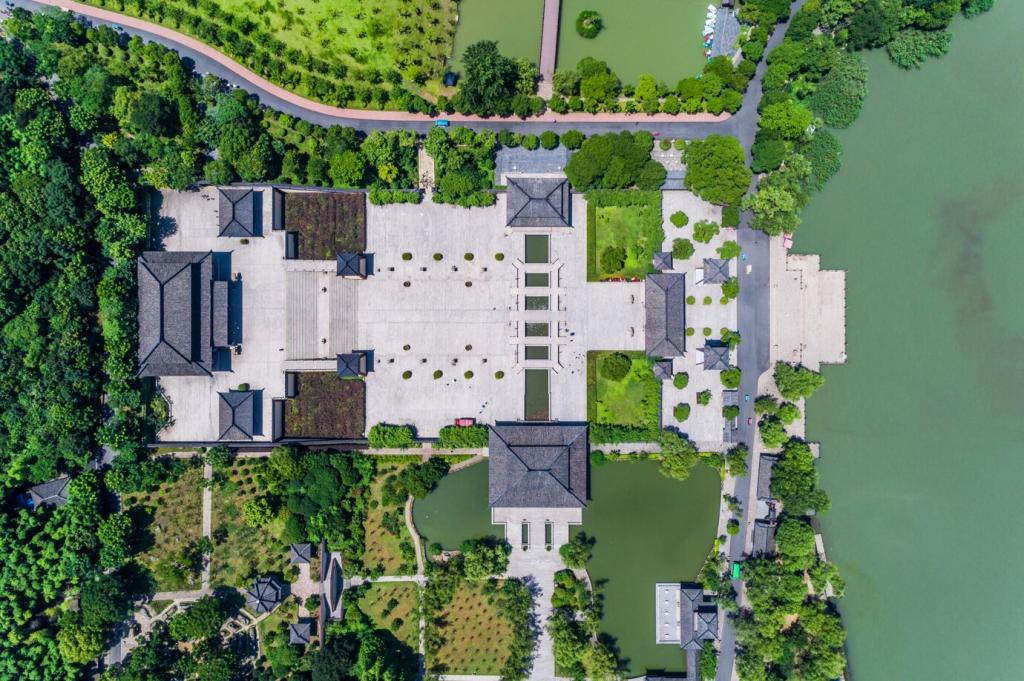People and Place: Community Roots
Your stay can send ripple effects through faraway communities. Some lodges channel revenue into village schools, ranger training, and scholarships, turning nights under stars into long-term opportunity. Think of social enterprises like Fogo Island Inn that reinvest locally. Would you subscribe for updates on projects your booking could support?
People and Place: Community Roots
A Kichwa naturalist pauses, raises a hand, and suddenly the forest speaks: a trogon’s call, leafcutter highways, medicinal bark. In Patagonia, a gaucho spots guanaco tracks where you saw only wind. These guides translate place into understanding. Share a moment when a local guide reshaped your view of the wild.






